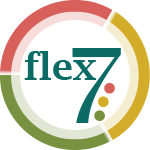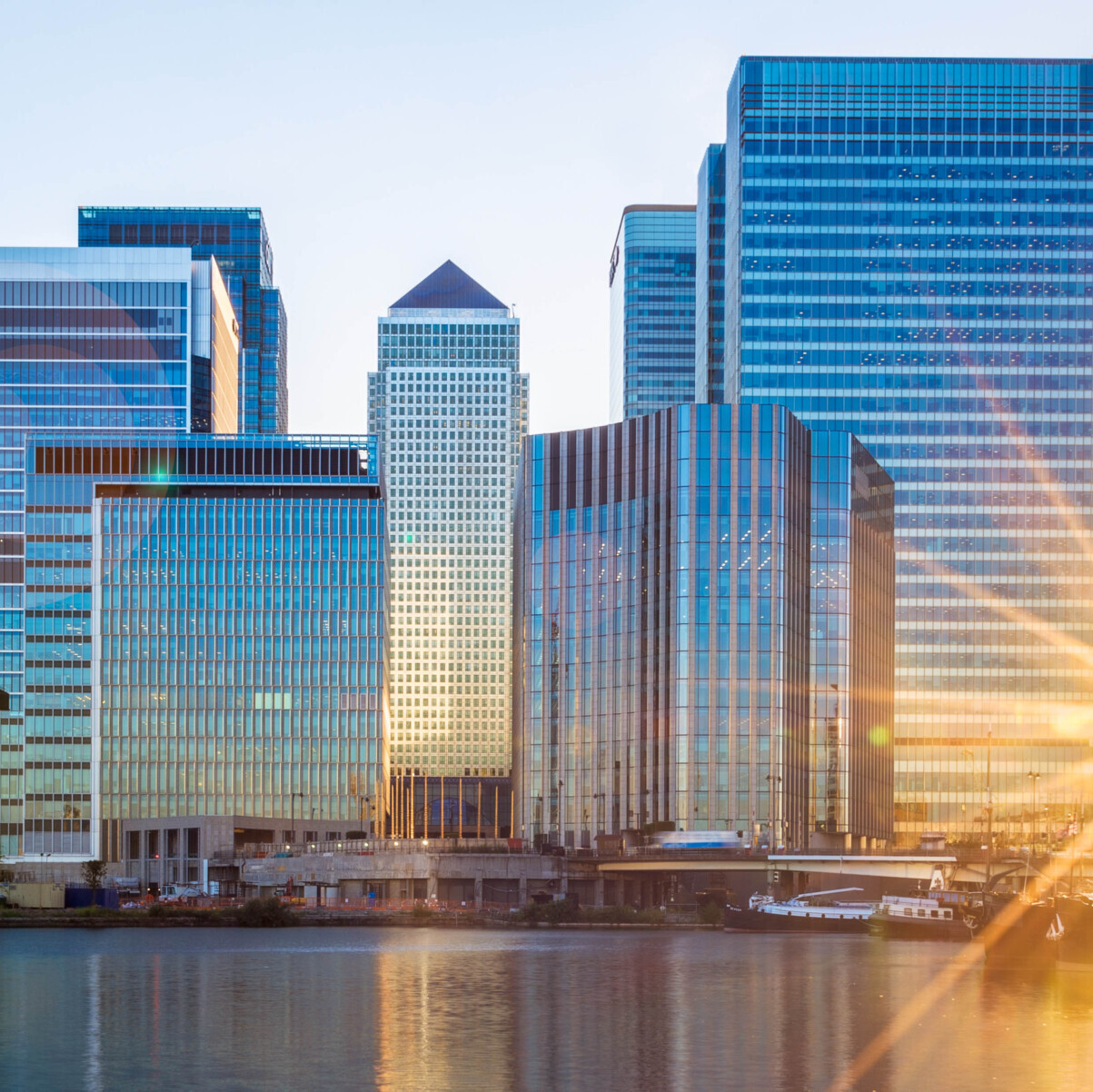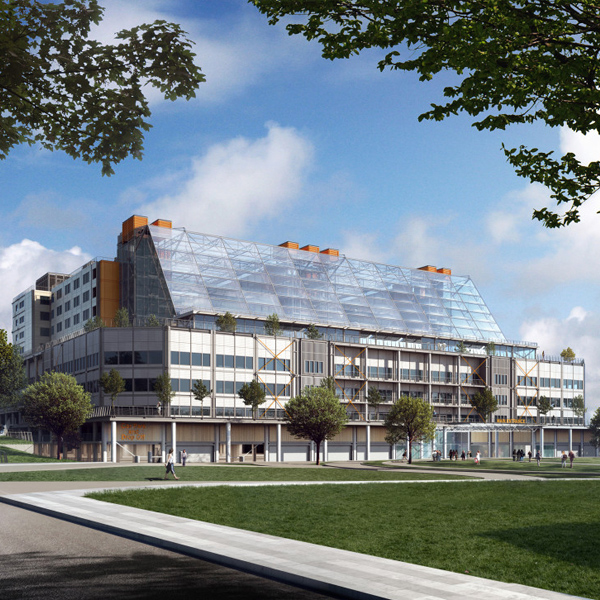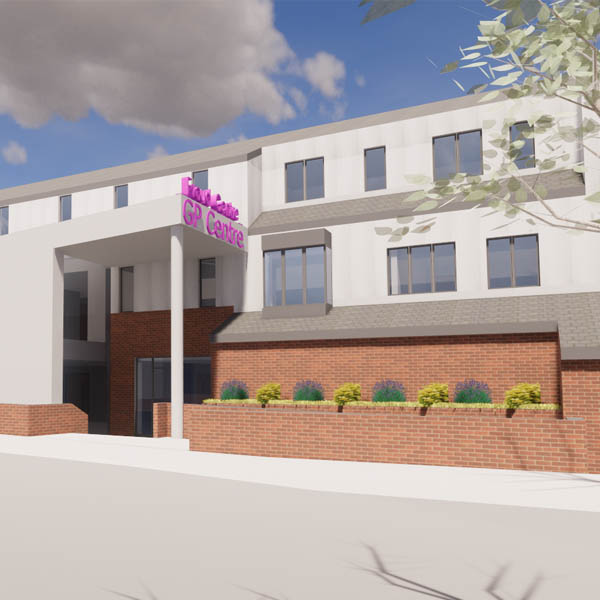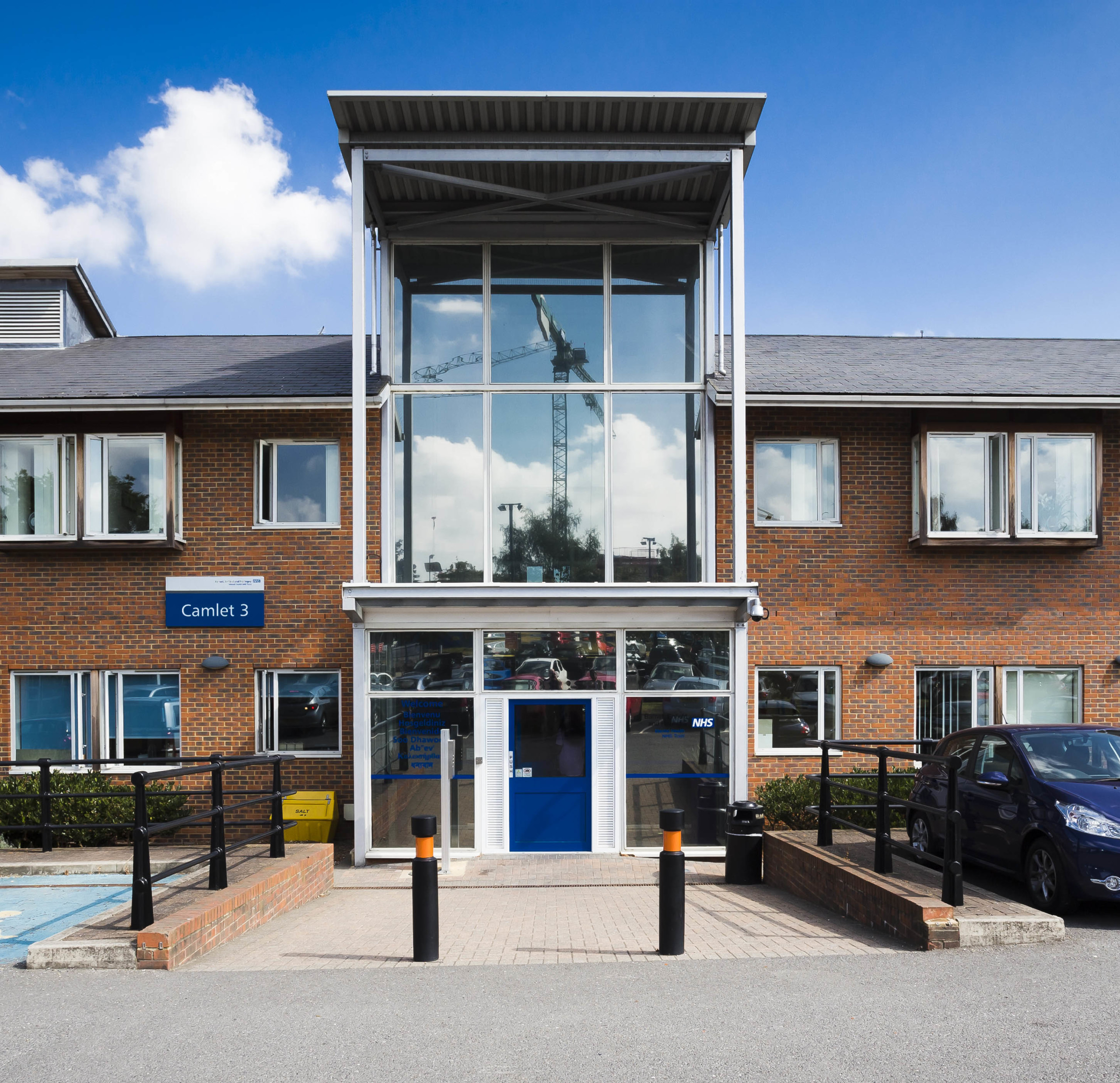Lighting control for Hospitals and Healthcare
Considerations For Lighting In Healthcare Projects:
Lighting requirements in hospitals are more complex than most buildings, because of the diverse range of user requirements and the fact that parts of the building are in use 24/7. Lighting typically accounts for up to 40% of the total energy load of a hospital. Significant cost savings can be made by switching to energy efficient lighting controls.
Cut installation time by up to 50% and reduce requirements for skilled labour by using flex7 lighting connection products, which simply plug-together on site.
Why Choose flex7?
The flex7 System can offer numerous energy efficient and functional lighting control solutions for hospital and healthcare projects. We have a range of products that is ideal for installation in healthcare buildings, and our experience in the sector means we can provide you with a lighting scheme perfectly suited to your needs.
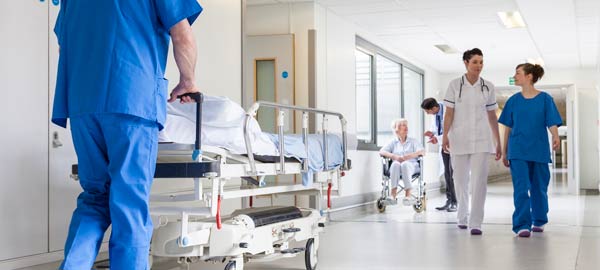
All areas
Simple Maintenance
Once our lighting connection and control system is installed, it is easy to maintain. The system simply plugs together, so parts can easily be changed/updated – just unplug and replace. Our controls are also available with an integrated emergency test option.
LSHF cable to BS EN 50525-3-11
All of our prewired leads are available in Low Smoke Halogen Free (LSHF) cable in accordance with BS EN 50525-3-11 and CPR rated to category Cca, so you can be assured that they meet required safety standards for public and commercial buildings.
Essential/Non-essential Supply
We have a simple solution for installations requiring an essential and a non-essential supply such as hospitals: The flex7 Dual Control/Supply Lighting Distribution Box Range makes it possible to supply power to two groups of luminaires via one connection unit, each separately supplied by its own protective device at the distribution board. A control device can be plugged into either side of the Box to provide independent control of each group of luminaires. The desired supply split point is factory configured to order.
Control Essential and Non-essential Supply With A Single Control Device
When light fittings are DSI or DALI it is possible to share the digital signal between the essential and non-essential circuits, and control them both using a single controller plugged into a Dual Control/Supply Lighting Distribution Box. This simple solution means that only one control device and PIR and/or dimming switch is required rather than two, resulting in significant cost savings. Unlike similar products on the market, our Dual Control/Supply Box can be used for dimming applications. It is suitable for hospitals and other buildings where DSI or DALI luminaires are employed in conjunction with essential and non-essential power supplies.
Protected Extra Low Voltage
All of our lighting controls operate at PELV, which means that switch drop cables can be set at any depth in the wall, and won’t require extra protection. This makes them a cost effective way of complying with IET 17th edition wiring regulations.
Easy Connection option for Centralised Emergency Luminaire Monitoring System
The flex7 2-Pole Auxiliary Adaptor Unit provides a point of termination for the fixed wiring of a 3rd party’s 2-wire centralised emergency luminaire monitoring system.
Integrated Emergency Test
Our lighting controls are available with integrated emergency test. When using our lighting control device there is no need for separate switches for each circuit or phase, as they can easily be networked together. This means that a single key switch can test emergency luminaires across multiple circuits or phases. Our lighting controls operate at protected extra low voltage, so the voltage at the test switch will operate at below 50V. This avoids scenarios where multiple key switches are grouped in a centralised, multi-gang enclosure with the potential for 415V to be present, which requires extra labelling as per regulation 514.10.1 of BS 7671
Hospital Wards
Daylight Linking Sensors
In hospital wards, which are occupied 24/7, and therefore cannot benefit from occupancy or absence control, daylight harvesting controls offer a great opportunity for energy-saving. Daylight linking sensors save energy by switching lights off / dimming lights down in a room if there is adequate natural light. The controls are programmed to maintain a constant light level, so that lights will turn on again as it gets dark outside. Graduated daylight dimming options are available, which mean that lights further away from the windows will have a brighter offset.
See ‘All Areas’ above (for essential/non-essential supply)
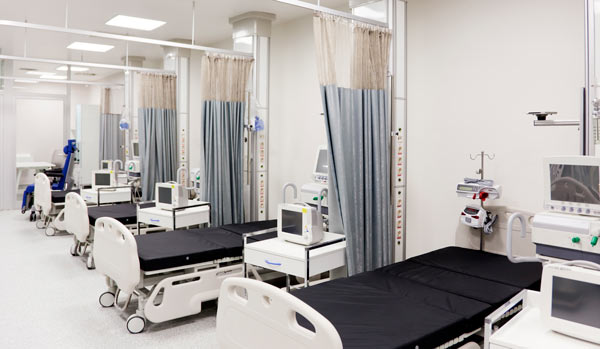
Lighting Control For Hospitals And Healthcare – Wards
WCs /Stairwells/Storage
Occupancy Sensing:
Save energy by turning lights on automatically when someone enters a room, and turn off again once the room has been empty for a set period of time. Occupancy sensors are ideal for use in areas such as WCs, stairwells and service areas that are frequently unoccupied.
See ‘All Areas’ above (for essential/non-essential supply)
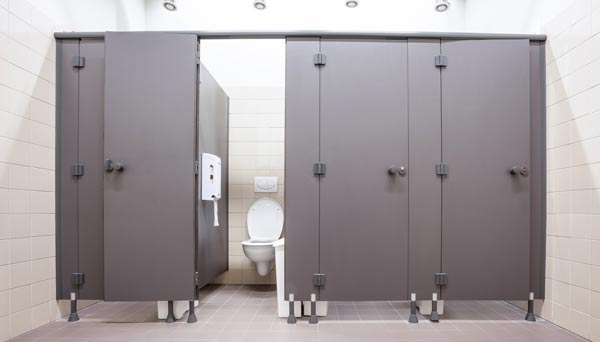
Lighting Control For Hospitals And Healthcare – WCs/Stairwells/Storage
Corridors and Circulation Areas
Corridor Hold
Corridor Hold Units from flex7™ will hold lights on in a corridor or circulation area if any of the rooms linked to it are occupied. This is often a requirement for health and safety or security reasons.
2-Stage Dimming Control
Luminaires in corridors can be programmed to dim down to 50% when a corridor has been empty for a set period of time. After a further period of time lights will turn off completely.
Timeclock
The unit is designed to hold lights controlled by sensors ON for pre-set time periods during the day. A typical installation would involve holding certain lights ON in a building – often those in corridors and circulation areas – during normal working hours, allowing them to revert back to occupancy control at all other times.
See ‘All Areas’ above (for essential/non-essential supply)
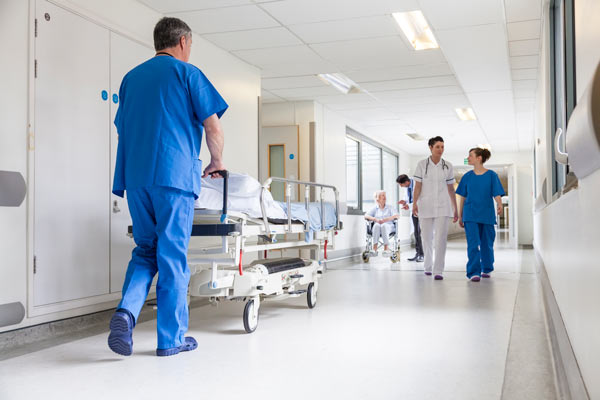
Staffrooms And Offices
Absence Sensing:
Ideal for use in staffrooms and offices, lights need to be turned on manually at switch on the wall, but will turn off again automatically once the room is vacant. This option offers greater potential for energy saving, as lights will only be turned on when needed.
Daylight Linking Sensors
Usually incorporating absence or occupancy detection, daylight linking sensors save energy by switching lights off/dimming lights down in a room if there is adequate natural light. The controls are programmed to maintain a constant light level, so that lights will turn on again as it gets dark outside. Graduated daylight dimming options are available, which mean that lights further away from the windows will have a brighter offset.
See ‘All Areas’ above (for essential/non-essential supply)

Lighting Control For Hospitals And Healthcare – Staffrooms
Lighting Control For Hospitals And Healthcare – flex7 Projects
Flex7 is an obvious choice when considering Lighting Control for hospitals and healthcare. Below is a selection of our previous projects in the sector.
BUPA Cromwell Hospital
Cromwell Hospital is state-of-the-art private healthcare facility in Kensington, London. The newly refurbished Chemotherapy Day Unit includes an open plan welcome and reception area and treatment bays. The refurbishment is part of a larger scale hospital expansion.
HCA Healthcare, 40 Bank Street, Canary Wharf
An expansion of its existing outpatient and diagnostic centre in Canary Wharf, an £18 million investment will see a new state-of-the-art facility at 40 Bank Street.
Midland Metropolitan Hospital
More than 10,000 flex7 Single Socket Outlets and almost 8000 flex7 6-core Luminaire Leads have been used in the new £267m Midland Metropolitan University Hospital.
Elective Care Centre, Inverness
£42 million world-class National Treatment Centre, Highland. 24-bed inpatient rooms, 5 operating theatres and clinics and outpatient departments offering healthcare for bone, muscle and eye conditions.
Froud Centre, Newham
Our Project Packing Service was used to ensure that installation went as smoothly as possible. When using this service all products are packed on a room-by-room or circuit-by-circuit basis. Each individual box is clearly labelled with the Project name, floor, area and room or circuit in which it is to be installed.
Silver Birches Ward, Chase Farm Hospital
Using a Dual Supply Box made it possible to share power across a bedroom and en-suite, with separate control requirements. Presence detection was provided in the en-suite bathrooms, and manual switching in the bedrooms.
 | Call Us: +44 (0)20 8580 1066 | sales@flex7.co.uk
| Call Us: +44 (0)20 8580 1066 | sales@flex7.co.uk